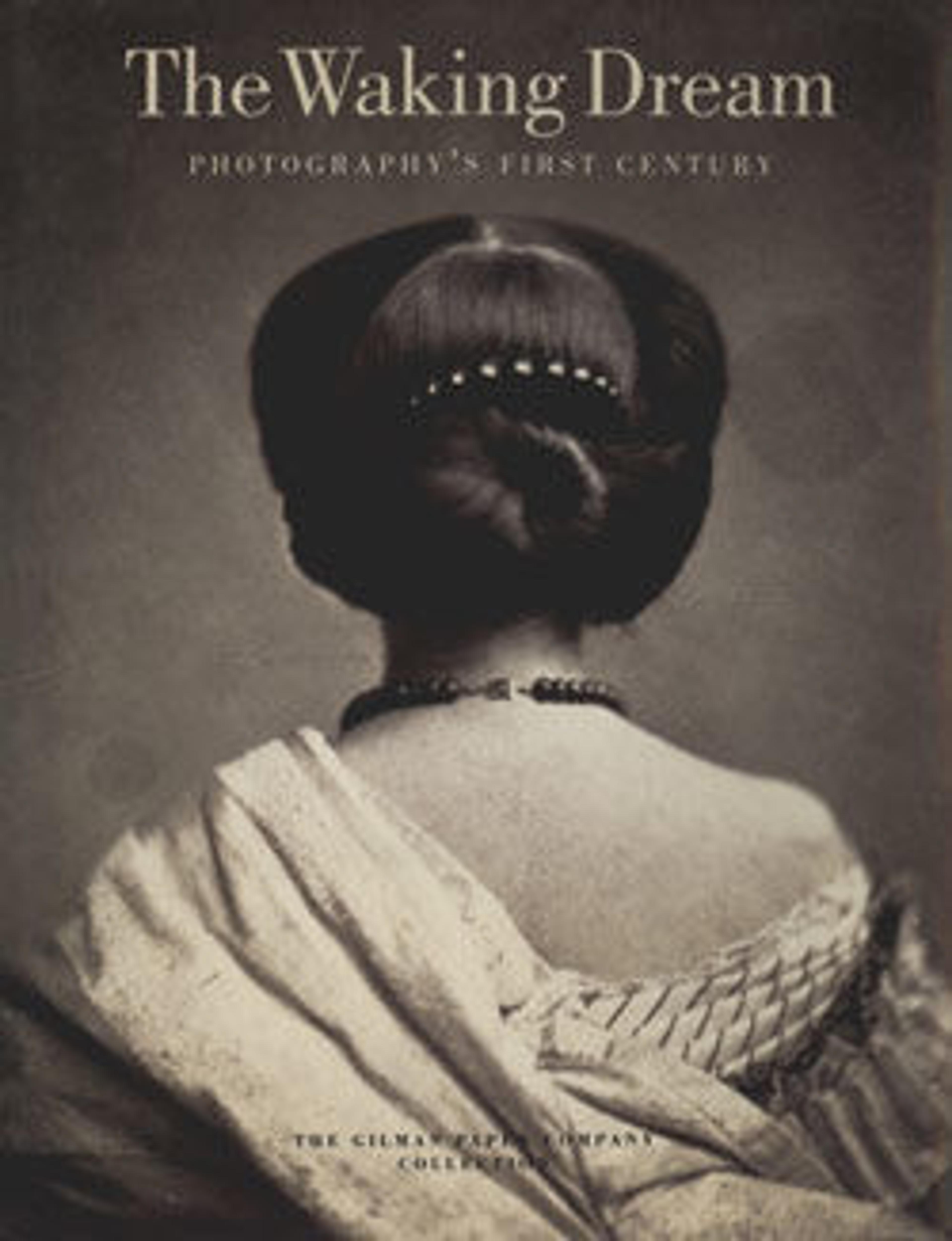Dakkeh
While Greene was a member of the Société Asiatique and a serious archaeologist (the results of his excavations were published in "Fouilles exécutées à Thèbes dans l'année 1855, hiéroglyphiques et documents inédits"), his photographs denote a sensibility more poetic and philosophical than scientific. This photograph represents the Ptolemaic temple at Dakkeh in Nubia. If intended as a useful record of the inscriptions and decoration, the photograph is downright perverse, for the Horus figures, cartouches, and even the king are mostly swallowed up by the jagged shadow. But if intended as an homage to the drama of the daily transit of the sun in a blazing, rainless land, the picture is an unqualified success.
As the ancient Egyptians believed that the sun is the source of life and darkness the equivalent of death, Greene's photograph also expresses a cosmological system that perhaps had personal resonance. Temporarily in good health following his stay in the desert, Greene eventually succumbed to the ailment that evidently worsened whenever he left sunny Egypt and returned to Northern Europe. The haunting sense of man's vulnerability and the ephemerality of his labors is deeply imbedded in Greene's unflinching, profoundly existential images.
As the ancient Egyptians believed that the sun is the source of life and darkness the equivalent of death, Greene's photograph also expresses a cosmological system that perhaps had personal resonance. Temporarily in good health following his stay in the desert, Greene eventually succumbed to the ailment that evidently worsened whenever he left sunny Egypt and returned to Northern Europe. The haunting sense of man's vulnerability and the ephemerality of his labors is deeply imbedded in Greene's unflinching, profoundly existential images.
Artwork Details
- Title:Dakkeh
- Artist:John Beasley Greene (American, born France, Le Havre 1832–1856 Cairo, Egypt)
- Date:1853–54
- Medium:Salted paper print from paper negative
- Dimensions:Image: 9 3/16 × 11 7/8 in. (23.4 × 30.2 cm)
Mount: 18 1/2 × 24 1/8 in. (47 × 61.2 cm) - Classification:Photographs
- Credit Line:Gilman Collection, Purchase, Joseph M. Cohen Gift, 2005
- Object Number:2005.100.64
- Curatorial Department: Photographs
More Artwork
Research Resources
The Met provides unparalleled resources for research and welcomes an international community of students and scholars. The Met's Open Access API is where creators and researchers can connect to the The Met collection. Open Access data and public domain images are available for unrestricted commercial and noncommercial use without permission or fee.
To request images under copyright and other restrictions, please use this Image Request form.
Feedback
We continue to research and examine historical and cultural context for objects in The Met collection. If you have comments or questions about this object record, please contact us using the form below. The Museum looks forward to receiving your comments.
